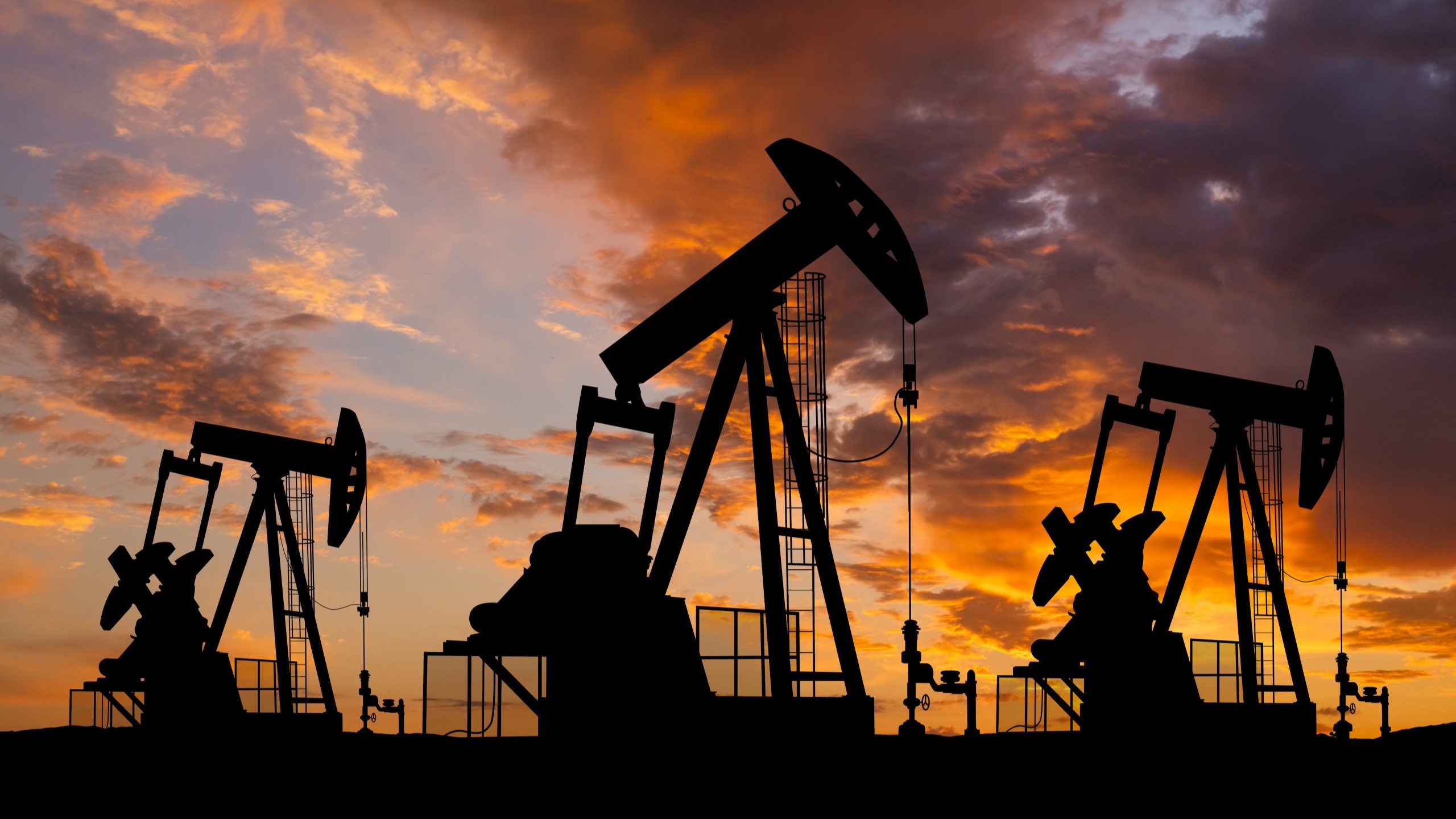.Worries for oil countries as clean energy surpasses fossil fuels
Global investment in clean energy reached a record $2.4 trillion in 2024, but only 2.3 per cent came from sub-Saharan Africa, International Renewable Energy Agency (IRENA) said on Monday.
The development also showed that oil-dependent economies, like Nigeria, need to transition, as clean energies have now surpassed fossil fuel investment, which was N1.13 trillion.
The data, which showed a deepening divide in emerging and developing economies, showed that Africa remains largely left behind, receiving just about $18 billion in investment in 2024.
New data released in the Global Landscape of Energy Transition Finance 2025, published by IRENA and the Climate Policy Initiative (CPI), shows that $18 billion is, however, an improvement on previous years, though still a fraction of global flows despite the continent’s vast solar, wind and geothermal potential.
By contrast, China alone attracted $352 billion, or 44 per cent of the global total, showing a widening structural imbalance in the global energy transition.
Advanced economies and China together accounted for around 90 per cent of all transition finance.
The $2.4 trillion in global energy transition spending represented a 20 per cent rise compared to the 2022–2023 average. Renewable energy attracted $807 billion, up 22 per cent, and solar PV investment soared 49 per cent to $554 billion.
However, the pace of yearly growth is slowing as renewable investment grew by just 7.3 per cent in 2024, down sharply from 32 per cent in 2023. According to IRENA, this slowdown threatens global ambitions to triple renewable energy capacity by 2030.
Battery storage investment surged 73 per cent to $54 billion, electric vehicle spending reached $763 billion, and charging infrastructure grew 27 per cent.
Wind investment fell 10.5 per cent, solar thermal collapsed by 32 per cent, and “other renewables”, such as geothermal and marine technologies, declined 61 per cent.
China remains the centre of gravity for the world’s energy transition, relying almost entirely on domestic financing (99 per cent) and recording one of the highest per-capita renewable investments at $248. Europe followed with $137 billion, then North America and Oceania with $122 billion. Asia, excluding China, grew significantly to $93 billion, driven by a 77 per cent increase over recent averages.
Latin America and the Caribbean attracted $44 billion, while the Middle East and North Africa rose sharply to $21 billion. Eurasia’s $18 billion represented one of the highest percentage increases (+130%).
Sub-Saharan Africa’s $18 billion in renewable investment, despite growing 28 per cent, remains extremely low in absolute terms and translates to just $15 in per-capita spending, the lowest globally. This reflects structural financing challenges, including high capital costs, debt constraints, underdeveloped financial markets and limited domestic savings.
Africa faces the world’s fastest-growing population, the lowest electrification rates and some of the highest solar resources. Yet capital continues to bypass it.
Where finance does flow, most of it is debt at market rates. Grants made up less than 1 per cent of global clean energy investment in 2023, highlighting the scarcity of concessional capital needed to reduce project risk in low-income economies.
IRENA’s Director-General, Francesco La Camera, warned that the global transition is at risk of deepening inequality, stressing, “Investments in energy transition continue to grow but not at the pace needed to achieve the global goal of tripling renewable capacity by 2030.”
According to him, funding remains highly concentrated in advanced economies, as scaling finance for emerging and developing countries is essential to make the transition truly inclusive.
Investment in factories producing solar, wind, battery and hydrogen technologies fell 21 per cent globally in 2024 to $102 billion. Yet 80 per cent of such investment between 2018 and 2024 was concentrated in China.
Still, signs of diversification are emerging as new facilities appear in developing countries outside China.
Battery manufacturing bucked the downward trend globally, nearly doubling to $74 billion, driven by surging demand for energy storage across electric vehicles, grid systems and data centres.
IRENA emphasises that foreign direct investment, technology partnerships and South–South cooperation will be critical if emerging economies are to build their own manufacturing bases and capture value from supply chains rather than remain import dependent.






